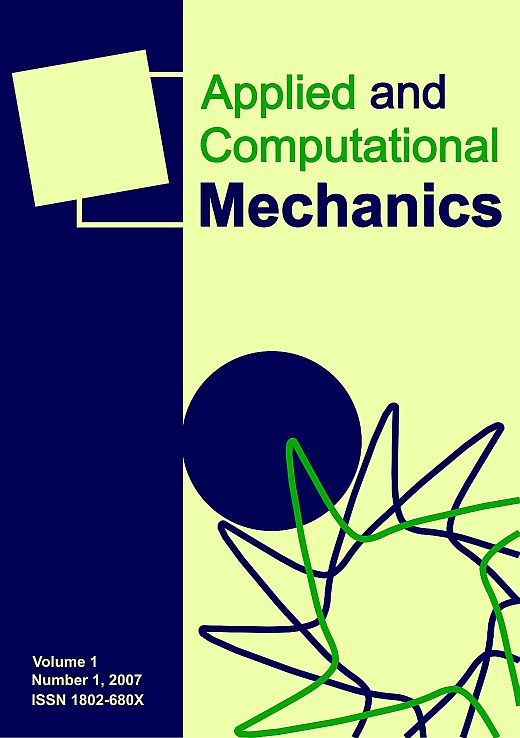Design, analysis and testing of an external fracture fixation device manufactured from composite materials
DOI:
https://doi.org/10.24132/acm.2017.398Keywords:
external fixator, biomechanics, FEM, static test, fatigueAbstract
An external fixation device (fixator) placed outside the human body is widely used for treating complicated or infected fractures. It is used for severalweeks, and its main advantages are that the injury can be treated continuously, and the patient can be fully mobile within a few days. In addition, it allows the doctor to reposition bone fragments during the operation and also during convalescence. Composite materials are used in the structure because of their density/stiffness ratio and also because of their X-ray transparency. Main goal of this work is right design of external fixation device from composites which will be proved by experiments with the focus on fixator’s socket. The socket of the fixator is manufactured by press forming from carbon/polyphenylenesulphide (C/PPS) pellets, and the tube for defining the distance between the sockets is manufactured from carbon fiber/epoxy resin (C/epoxy) by filament winding technology. The fixator was designed with the use of finite element calculations, and static and fatigue experiments were successfully performed on two designed configurations.
Downloads
Published
Issue
Section
License
Copyright (c) 2017 Applied and Computational Mechanics

This work is licensed under a Creative Commons Attribution 4.0 International License.







